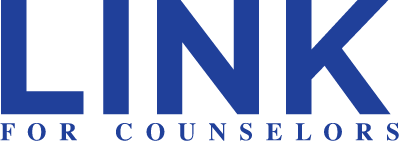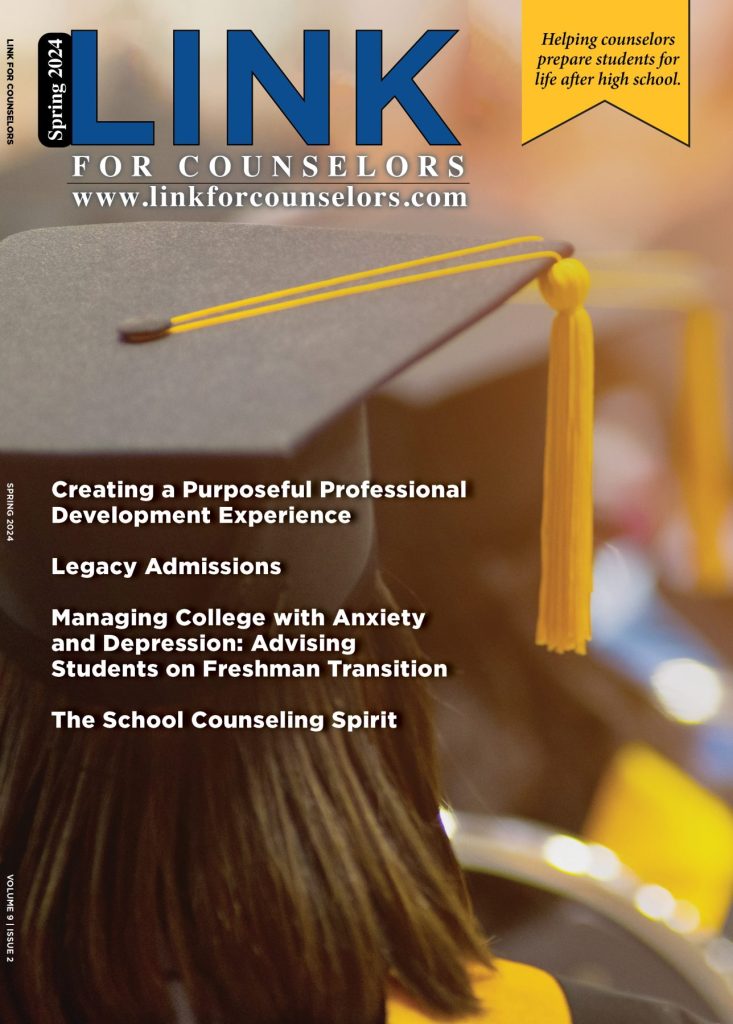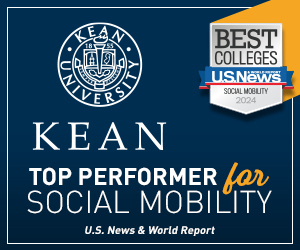The 2017 Survey of Admissions Directors
Only 34 percent of colleges met new student enrollment targets this year by May 1, the traditional date by which most institutions hope to have a class set.
That is a key finding of the 2017 Survey of College and University Admissions Directors, conducted by Inside Higher Ed, in collaboration with Gallup.
The 34 percent figure is down from 37 percent a year ago and 42 percent two years ago.
For colleges, public and private, failing to hit that target can be anything from an annoyance to an existential crisis. All but a few elite private colleges are dependent on tuition, and most public colleges are as well (both through tuition and state funds that tend to be distributed based on enrollment.)
Only 22 percent of public bachelor’s/master’s institutions met their targets by May 1, and the figure was 27 percent for community colleges. (It should be noted that many community colleges do considerable recruiting during the summer.)
For private colleges and universities, 36 percent met admissions goals by May 1, but this was a year in which some well-regarded private colleges struggled to hit targets for applications, even as a small number of private institutions continued to have far more applicants than they could ever need.
Times have also been difficult for private colleges trying to revive themselves. Sweet Briar College has 95 new students for the fall and is now cutting tuition. Antioch College has only 22 new students for the fall.
Given the small share of colleges meeting their targets, it’s not surprising that 55 percent of college and university admissions directors (roughly the same for public and private) reported that they had been very concerned about meeting their May 1 targets. Another 30 percent reported having been moderately concerned, and only 3 percent said that they weren’t concerned at all. Last year, 54 percent said that they were very concerned, and the year before the total was 31 percent. The percentage not worried at all was 5 percent last year, and 7 percent the year before.
The results are drawn from responses from 453 admissions directors (or officials with equivalent titles). Those participating were given complete anonymity, but their answers were coded by institution to provide for analysis by sector.
Other top findings (detailed below):
- Many colleges, especially private institutions, appear to be focusing recruiting strategies on students with the capacity to pay.
- In the realm of international student recruiting, many say that American higher education has become too dependent on students from a few countries, but most admissions directors don’t think that’s true of their institutions.
- While most colleges don’t check applicants’ social media, some do — and some applicants are being rejected or having acceptances revoked over their posts.
- Officials at many colleges, more public than private, say they are stepping up recruitment of rural and low-income white students in the wake of the election, and a small minority of colleges are stepping up recruitment of conservative students.
- Admissions directors strongly believe that higher education has an image problem with ramifications for enrollment patterns — and that image problem may be the worst for liberal arts colleges.
- Admissions directors — both from public and private institutions — believe they are losing potential applicants because of concerns about debt. But private and public college admissions leaders differ on how much debt is reasonable.
- The idea of free tuition in public higher education is seen by most private college admissions directors as a threat to their institutions. While admissions directors in public higher education are more open to the idea, they have areas of skepticism as well.
Here is the complete summary of the survey from Inside Higher Ed – https://www.insidehighered.com/news/survey/2017-survey-admissions-directors-pressure-all-around
About the Survey
Inside Higher Ed‘s 2017 Survey of College and University Admissions Directors was conducted in conjunction with researchers from Gallup. Inside Higher Ed regularly surveys key higher ed professionals on a range of topics.
On Thursday, Sept. 28, at 2 p.m. Eastern, Inside Higher Ed will present a free webcast to discuss the results of the survey. Sign up here.
You may download a full survey report here.
The Inside Higher Ed survey of admissions directors was made possible in part by support from Jenzabar, Intersect by Hobsons, Liaison, Blackboard and the University of Massachusetts at Lowell.



